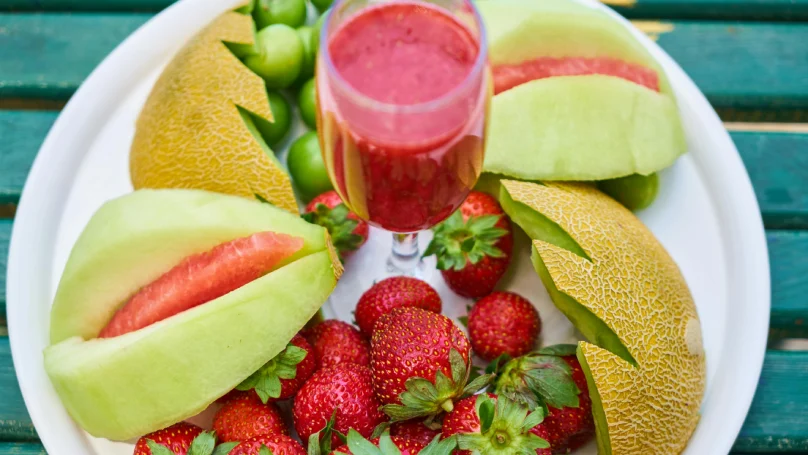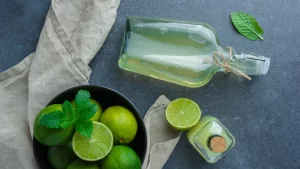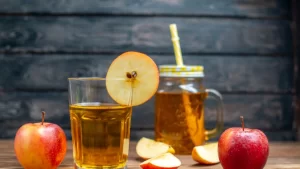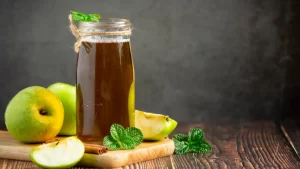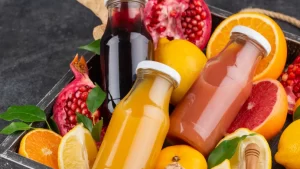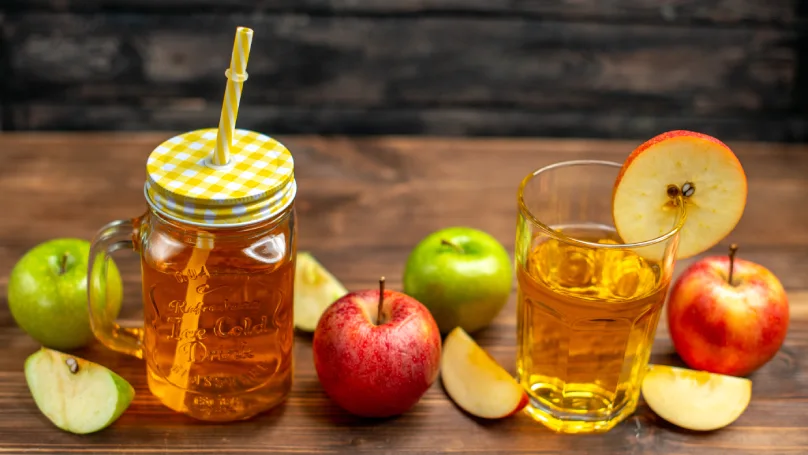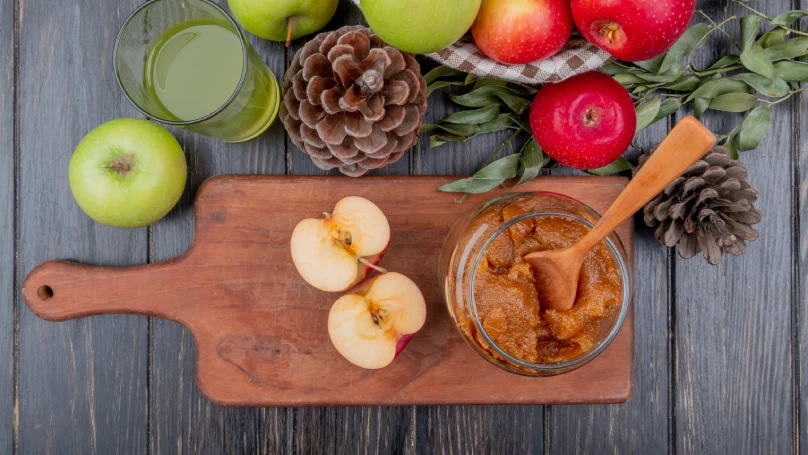Fruit juice concentrates are among the staples both at home and in industries for their convenience, extended shelf life, and versatility. They form the base for different beverages, desserts, and culinary creations. But how precisely are they made? This article explores the step-by-step process of turning fresh fruits into concentrated juice, outlining the technology and care involved in this essential product.
What Are Fruit Juice Concentrates?
Relevant to go into production would be the fruit juice concentrates: basically, the fruit juices from which most of the water content has been taken out. In this form, fruit retains all-natural flavors, nutrients, and sugars; at a more compact size for easy storage and transportation. These concentrates can then be diluted with water, reconstituted into juice, or used as potent ingredients in a whole set of recipes.
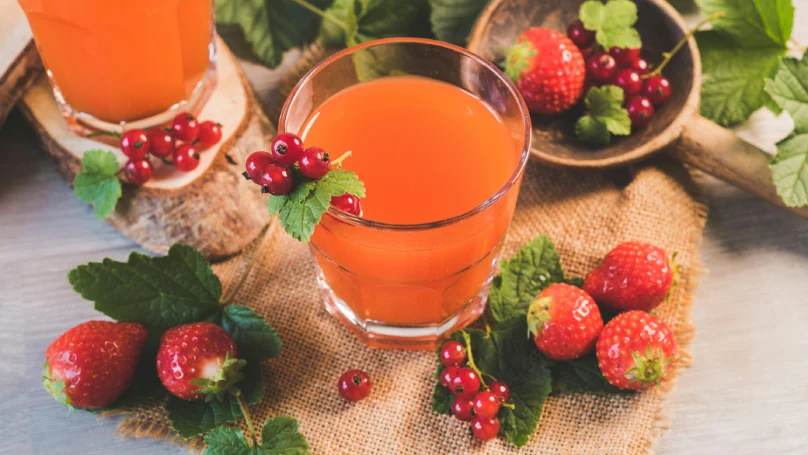
The Production Process
The wholesale fruit juice concentrate supplier, in their entirety, involve several well-controlled and planned steps to keep the quality and integrity of the fruit intact. A summarized overview of the process is provided below.
- Harvesting and Selection:
The process begins with selecting ripe, high-quality fruits. Farmers harvest fruits at their peak maturity to ensure optimal flavor and nutritional content.
Next, following the harvest, the fruits pass through inspection and sorting; discarded, defective, and unripe fruits.
- Washing and Preparation:
Start by washing picked fruits to rid them of soil, pesticide sprays, as well as the presence of foreign matter. Take a little time for some kind of fruit that needs peeling off, pitting, and taking the seeds out.
- Juicing
The last step of all processes is the crushing of prepared fruits for juice extraction. It is also an advanced step of machinery to maximize the juice with minimal wastage.
Also, this extracted juice is filtered from the pulp, seed, and other solids so that it becomes a liquid without any solids.
- Pasteurization:
After juice becomes pasteurized, microorganisms that spoil the fruit juice and enzymes that later spoil the juice may be eliminated by heat treatment of the juice at a specific temperature for a certain duration, so that the juice remains in good condition and loses neither flavor nor nutritional values.
- Evaporation:
Water content from the filtered juice is removed by evaporation. Evaporation of juice is done with special equipment in which heating is applied under a vacuum, which allows the water to evaporate even at low temperatures. The color, aroma, and nutrient value of the juice can be preserved using such a method.
It yields a syrupy concentrate that has its volumes reduced significantly from the original juice.
- Cooling and Packaging:
After evaporation, cooling is done as soon as possible to avoid spoilage.
Then, it is packed into sterilized containers for storage or further distribution. Some concentrates are.
The most involved step in the usage of fruit juice concentrates is determining the ratio of water to concentrate. This is actually where balancing in flavor and nutrients for the final drink is supposed to take place. Generally speaking, one acceptable standard for a mixing ratio of water to concentrate is a 2:1 system. A mix of ⅔ water with ⅓ concentrate works fine for most juices since the resulting beverage will be great to taste and never overly thick.
In general
Fruit juice concentrates are something amazing-they art and science together in themselves. Such good practice as drying the moisture yet preserving the essence of the fruits is finally achieved. From a drink, it becomes transformed into a rehydrated fruit drink for use in recipes when using just one little fruit juice concentrate. Well understood, though, the basis of going through such a process can evoke better appreciation by considering such an ingredient to be normal and better judgment while buying or deciding its use in the kitchens.
To read more about fruit juice concentrate applications and their advantages, check: what is fruit juice concentrate.

